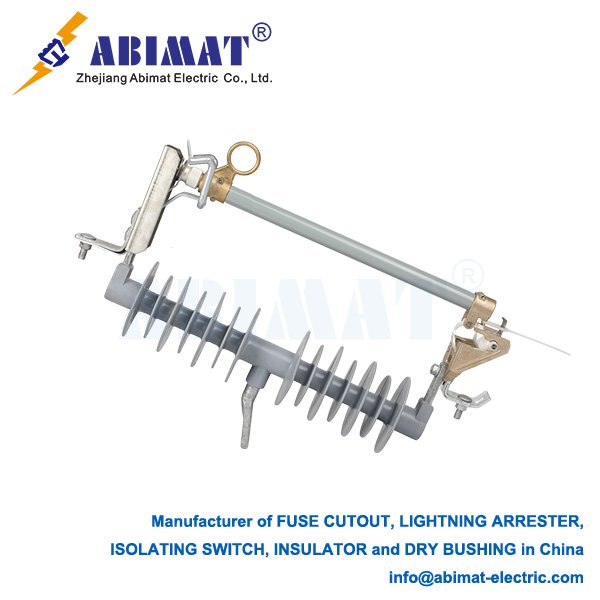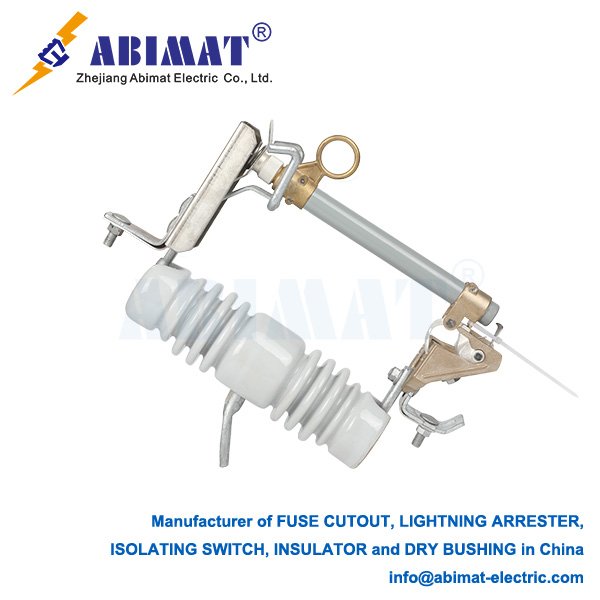The 11kV Expulsion-Type Pole-Mounted Fuse: A Pillar of Distribution Protection
The expulsion-type fuse is a basic and widely used protective device on 11kV overhead power distribution networks. It’s mounted on utility poles, and it works as a cheap, reliable tool to isolate faulty sections. This helps make the system more reliable and safer.
Core Parts and What It Does
This fuse has two main parts: the fuse holder (also called a cutout) and the fuse link. The holder has an insulator—made of porcelain or polymer—that gives support and keeps electricity separate. Its upper contact is usually a “jaw” or “clip” designed to hold the fuse carrier. The fuse carrier, often a fiberglass tube lined with material that puts out electric arcs (like polymer treated with boric acid), holds the fusible element.The fusible element is a carefully measured wire or strip—it’s the heart of the device. Under normal load conditions, it carries the circuit current without any problem. But if there’s a long-lasting too much current or a short circuit, the element heats up and melts. When this happens, an electric arc starts.

The Expulsion Action
The “expulsion” process is what makes the device work. The intense heat from the arc breaks down the tube’s lining. This creates a lot of gas. The high-pressure gas blasts along the tube. This action stretches the arc and cools it down—until the arc goes out at the first natural point where current stops. The whole thing takes just milliseconds. After the arc goes out, the fuse carrier—now free from the tension of the melted element—drops down. It pivots on its lower contact. This “drop-down” gives a clear, open-air break. You can see it easily, and it tells you the fuse has worked. It also isolates the faulty circuit.
Key Uses and Advantages
Mostly, these fuses protect three main things:
- Distribution Transformers: They shield transformers from internal faults and bad overloads.
- Feeder Branches: They isolate faults on side taps. This way, fewer areas lose power on the main line.
- Capacitor Banks: They protect these banks from too much current.
They have big advantages. You can easily see when they’ve worked—this is a clear sign. They’re simple to install and replace, too. And they’re a cheap way to protect against faults. The expulsion effect also limits current. This reduces the heat and magnetic pressure on the equipment downstream.
Conclusion
The abimat 11kV expulsion-type pole-mounted fuse is still a key part of overhead power distribution systems. It works in a simple, self-contained way. Plus, it shows clear signs when there’s a fault, and it doesn’t cost much. All these things mean it will keep being important for protecting electrical infrastructure.


